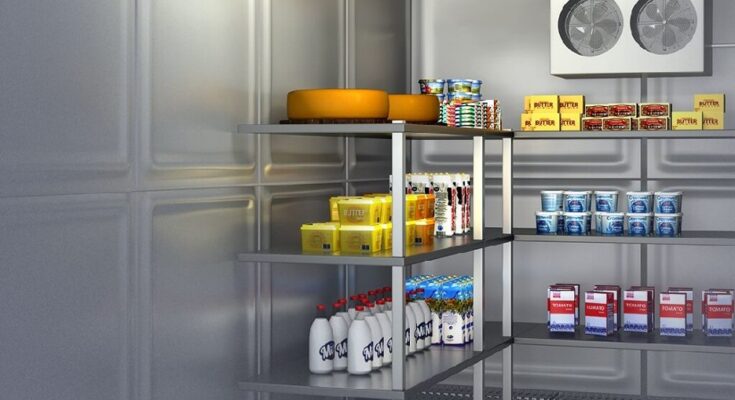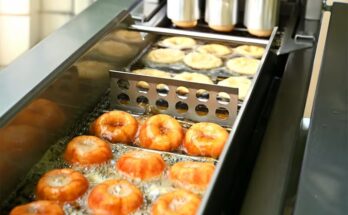The restaurant industry is a dynamic and ever-evolving field, with one constant that remains unchanged – the importance of food quality and safety. In the culinary world, maintaining the freshness of ingredients is paramount, and a significant factor in achieving this goal is the use of cold rooms. These specialized refrigeration units play a pivotal role in preserving the quality of ingredients, ensuring food safety, and ultimately contributing to the success of restaurants.
Understanding Cold Rooms
Cold rooms, also known as walk-in coolers or freezers, are commercial refrigeration units designed to store and preserve food products at specific temperature levels. They are integral to restaurants, catering businesses, and foodservice establishments of all sizes. You can contact with cold room manufacturer to customize these rooms in various sizes to accommodate different storage needs, from small walk-in coolers for a neighborhood bistro to large-scale cold storage for a bustling restaurant.
Preserving Ingredients
One of the primary functions of cold rooms in restaurants is to preserve the freshness and quality of ingredients. By maintaining a consistent and controlled temperature environment, these rooms extend the shelf life of perishable items such as fruits, vegetables, meat, dairy, and seafood. This results in less food waste and greater cost-efficiency for restaurants, which can be particularly beneficial in today’s environmentally conscious world.
Ensuring Food Safety
Food safety is paramount in the restaurant industry. Cold rooms are equipped with temperature monitoring and control systems that help to prevent foodborne illnesses by keeping ingredients at safe and regulated temperatures. By adhering to food safety guidelines, restaurants can significantly reduce the risk of contamination and protect their reputation.
Minimizing Flavor Transfer
Cold rooms are divided into different compartments, allowing for the separation of various food products. This division minimizes flavor transfer between items, ensuring that each ingredient retains its unique taste. This is especially crucial in restaurants where the blending of different flavors is a precise art form.
Streamlining Operations
Cold rooms enhance the operational efficiency of restaurants. They provide ample storage space, allowing chefs and kitchen staff to access ingredients easily. This accessibility saves valuable time and effort during food preparation, helping streamline kitchen operations and maintain a smooth workflow.
Economic Benefits
Investing in a cold room can be financially advantageous for restaurants in the long run. It reduces the need for frequent trips to external refrigeration storage facilities, which can be costly. Additionally, it minimizes the risk of food spoilage and wastage, contributing to cost savings.
Sustainability and Environmental Responsibility
In today’s world, the pursuit of sustainability and environmental responsibility is a critical aspect of restaurant management. Cold rooms can be designed with energy-efficient features, reducing electricity consumption. Moreover, by minimizing food waste, they contribute to a restaurant’s overall sustainability goals.
Conclusion
The restaurant industry thrives on the ability to serve fresh, safe, and high-quality food to patrons. Cold rooms play a vital role in achieving this objective. They preserve ingredients, enhance food safety, streamline operations, and offer economic and sustainability benefits to restaurants. Restaurants that invest in this essential equipment set the stage for culinary success and customer delight.




